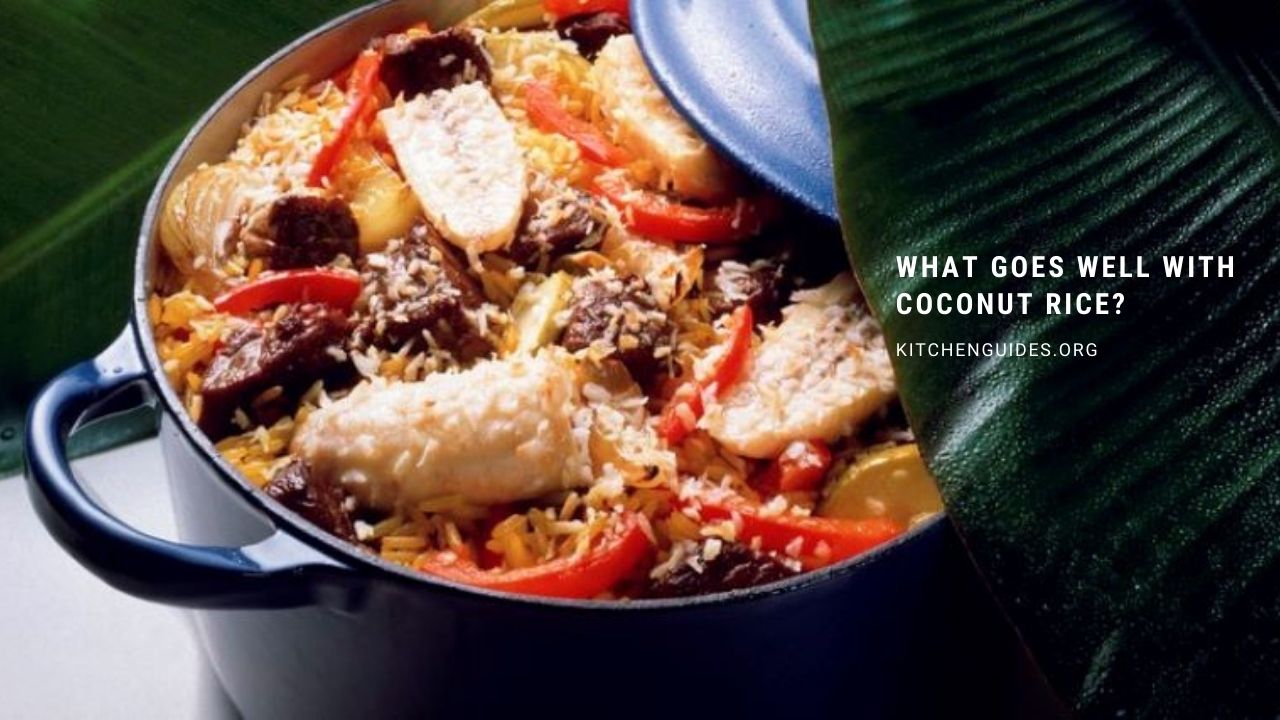If you love coconut rice, are looking for what goes well with coconut rice to pair it with in the future, or are curious to know further what cooking tips can be extracted from this blog post, read on!
10 Best Foods Go Well with Coconut Rice
Coconut rice is a popular dish in many Southeast Asian countries. It is also known as white rice cooked in coconut milk and seasoned with spices such as curry leaves, cumin seeds, and turmeric powder. It is a great accompaniment to seafood dishes like Thai curries, soups, grilled fish, and chicken dishes.
If you love coconut rice, here are some foods that go well with it:
1. Chicken Curry
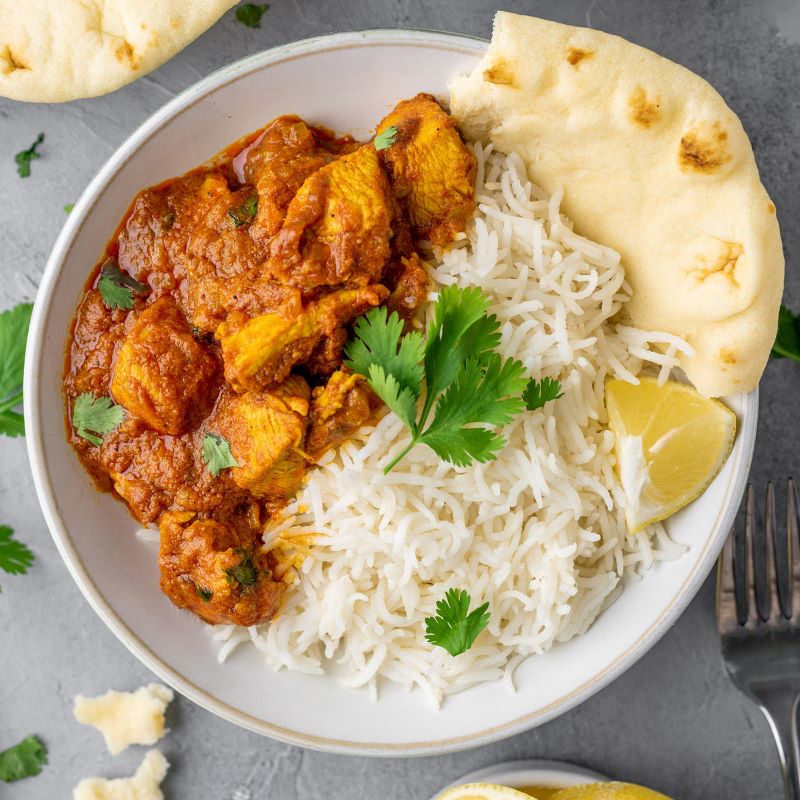
Coconut rice pairs well with chicken curry because they have similar flavors. The combination of both dishes will leave your taste buds wanting more! Chicken curry is a popular dish among Indians and Malaysians who prefer this dish over the usual Indian curries because of its milder flavor. Try this delicious combination at home by making your own chicken curry recipe at home using our easy chicken curry recipe guide!
2. Malaysian Nasi Lemak
Nasi Lemak is one of the most popular breakfast dishes in Malaysia. Nasi Lemak literally means “fatty rice” which refers to the addition of coconut milk and ground peanuts into steamed white rice. This dish usually comes with several accompaniments such as fried anchovies, egg omelet strips (Tamago), shredded omelet, a bowl of sunny side up eggs and slices of cucumber, boiled peanuts, and a spicy and savory Malaysian sambal sauce.
3. Chili Con Carne
Chili con carne is a spicy stew made up of meat and chili peppers. This dish is usually served over rice or beans, so coconut rice would be an excellent choice for this meal. The sweetness of the coconut will balance out the spiciness of the chili con carne, creating an excellent combination of flavors.
4. Cabbage Slaw
This salad is easy to make at home and it’s also a delicious way to use up leftover cabbage from other recipes. The salad features shredded cabbage, tomatoes, carrots, and cilantro tossed in a tangy lime vinaigrette dressing.
5. Steamed Vegetables
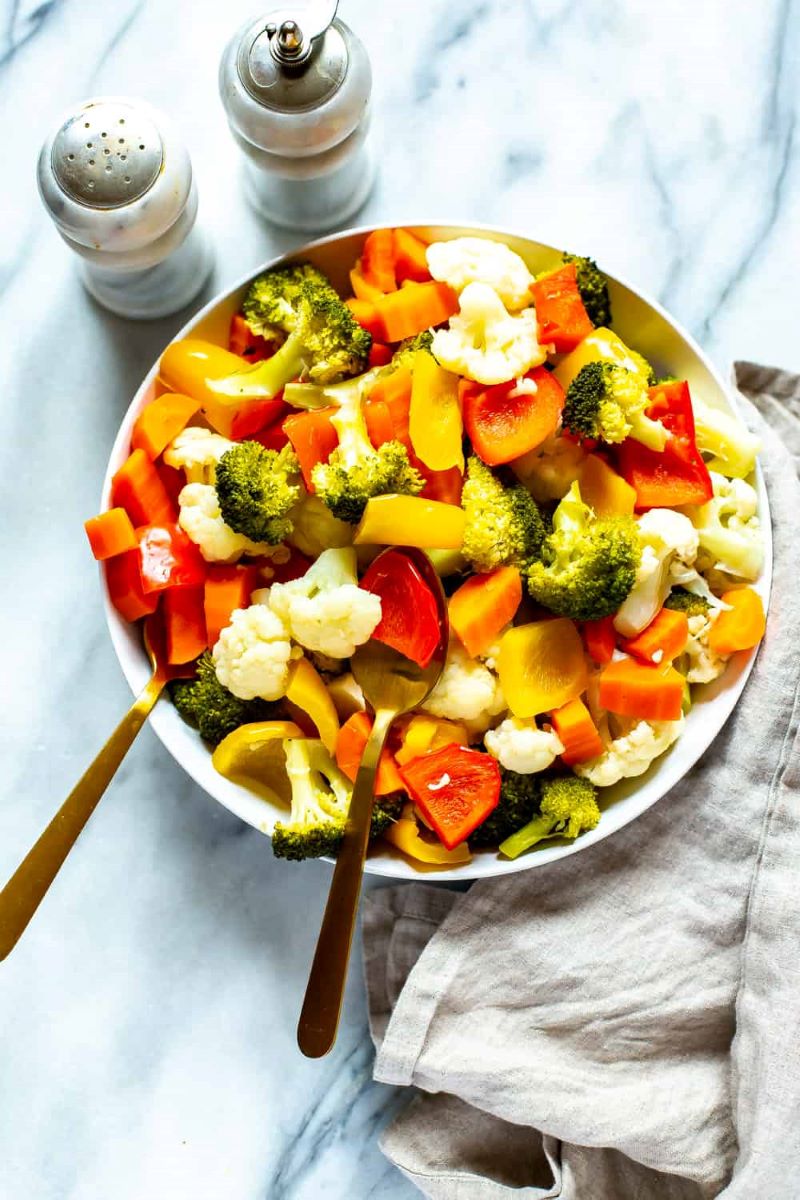
Steaming is one of the healthiest ways to cook vegetables. Steaming allows the nutrients in the veggies to stay intact, which means you get all of the vitamins and minerals you need from your food.
6. Cucumber Slices
Cucumbers are extremely versatile. They can be sliced into salads or pickled, but they also make an excellent snack when sliced thin and served with a little salt and pepper on top.
7. Carrot and Pea Salad
This salad features vibrant colors from orange carrots, green peas, and red bell peppers. It’s also chock full of protein from quinoa, edamame, and chicken breast. The dressing includes lemon juice for tartness and honey for sweetness.
8. Steamed Tofu with Soy Sauce
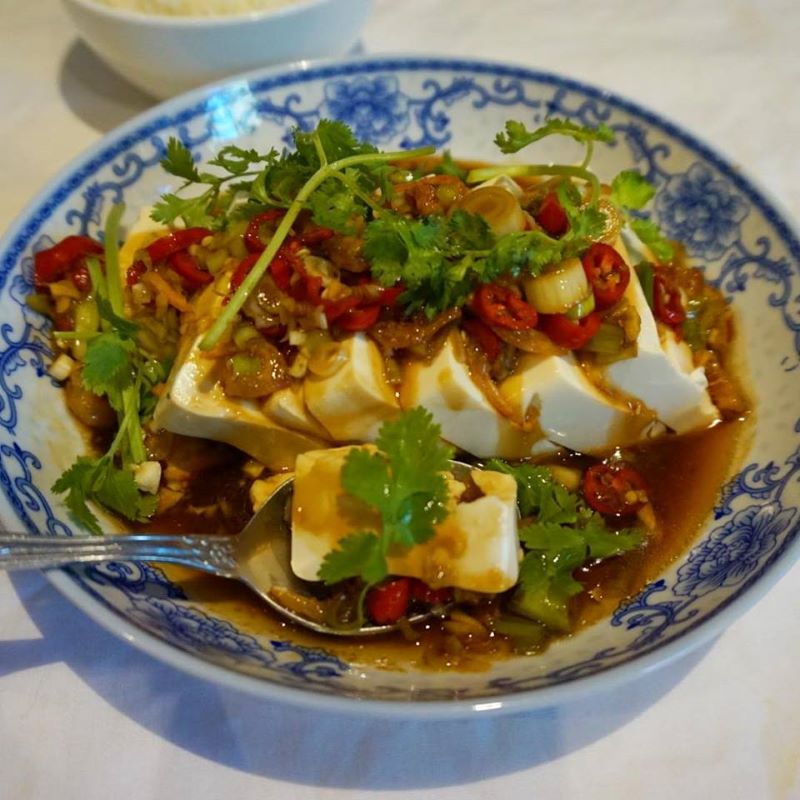
Tofu is an easy and healthy alternative to meat. When you add soy sauce and sesame oil, it becomes even more flavorful. It goes well with coconut rice because it adds a little bit of saltiness to balance out the sweetness from the coconut milk.
9. Stir Fry Vegetables
A healthy stir fry dish is an excellent way to use up leftover rice. You can make a variety of different stir fry dishes using any combination of vegetables and meats you have on hand. Simply sauté the ingredients in a wok or skillet and serve over the rice, or add some sauce to the rice before cooking it.
10. Fruit Salad
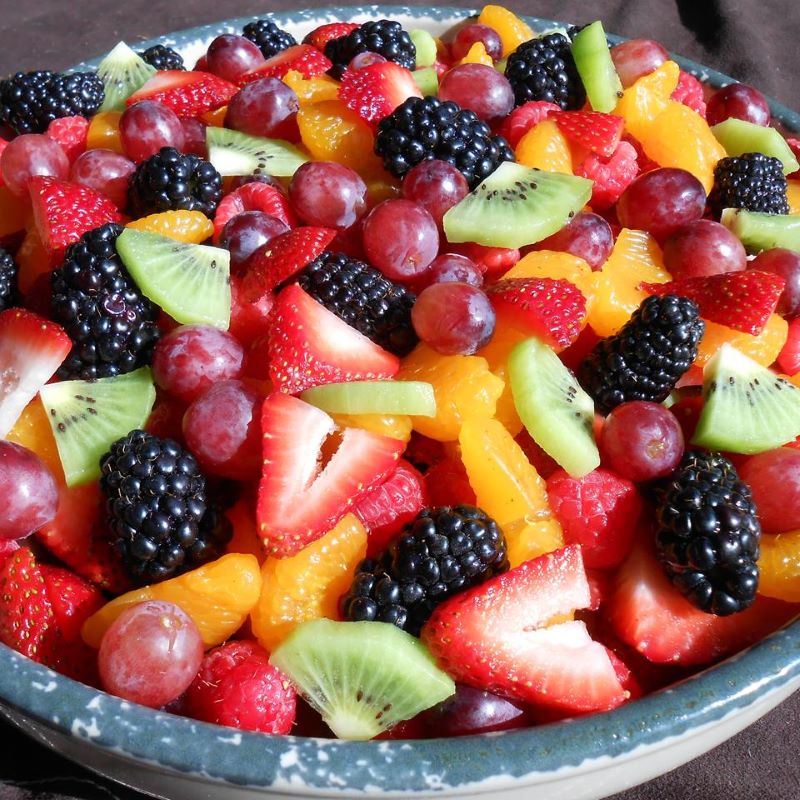
Rice goes well with many types of fruits, including bananas and watermelon. To make a fruit salad, simply chop up some fruits into bite-sized pieces and toss them together with a little bit of sugar and lemon juice. Serve this with coconut rice for an easy dessert that everyone will love!
5 Healthy Benefits Of Coconut Rice
Coconut rice is a very popular dish in the Philippines. It is a simple, yet delicious side dish that can be enjoyed with many types of meals. Not only is it sweet and nutty, but coconut rice is also very healthy!
Here are five benefits of coconut rice:
1. It Contains Healthy Fatty Acids
Coconut contains high amounts of lauric acid and caprylic acid, which are both saturated fatty acids. These fatty acids have been shown to promote heart health by reducing bad cholesterol levels in the blood and increasing good cholesterol levels. They also help lower blood pressure and may even increase metabolism which can aid in weight loss efforts.
2. It’s High In Fiber And Vitamin C
Coconut is an excellent source of fiber which helps keep you feeling full longer so that you’re less likely to overeat later on during the day. It also contains high amounts of vitamin C which may help boost your immune system and protect against infection.
3. It’s High In Potassium
Coconut is also an excellent source of potassium which can help treat and prevent high blood pressure, reduce the risk of irregular heartbeats, and decrease levels of potassium in the blood.
4. It’s Low In Sodium
Low sodium is important for heart health because it helps to control the level of sodium in your bloodstream. It may also help treat low blood pressure by increasing the amount of salt your body retains due to its sodium content.
5. It Contains Many Essential Minerals
Coconut is an excellent source of magnesium and phosphorus, which are both important minerals that help maintain healthy bones and muscles. They also promote heart health by helping to decrease harmful levels of bad cholesterol in the blood. Additionally, coconut contains high amounts of iron which is essential for red blood cells to carry oxygen throughout your body.
Homemade Coconut Rice Recipe
This Homemade Coconut Rice Recipe is the perfect side dish to serve with your favorite Thai or Asian recipes. It’s easy to make, and you may never buy canned coconut milk again! It’s a perfect side dish to serve with your favorite Thai or Asian recipes. It’s also paleo, gluten-free, and vegan!
Ingredients
- 1 cup jasmine rice
- 1 cup boiling water (or 1 cup coconut milk)
- 2 teaspoons coconut oil
- 1/2 teaspoon salt or to taste
Instructions
Step 1: In a small pot, boil the water and add the rice.
Step 2: Cover and cook over medium heat until all the water has been absorbed and the rice is tender about 20 minutes.
Step 3: Remove from heat and let stand for 10 minutes or until cool enough to handle.
Step 4: Place the cooked rice in a large bowl and fluff with a fork or spatula.
Step 5: Add coconut oil, and salt and mix well to combine.
Step 6: Serve with your favorite curry or salad.
FAQs
1. Can I substitute other liquids for coconut milk?
Yes. You can use water instead of coconut milk if you are allergic to it. If you don’t have any liquid at all, you can add a little bit of stock powder to the rice cooker and cook as usual. However, do not add too much stock powder because it will affect the flavor of your rice.
2. Is there a difference between coconut oil and coconut cream?
No. They both refer to the same thing – they’re just different ways of referring to this type of fat extracted from coconuts which have many health benefits (such as protecting against heart diseases). The only difference is that one is more solid than the other so some companies will sell them separately so that people who want a solid product can get what they want without having to spend extra money on something that’s harder for them to store or use up quickly enough before it goes bad or spoils in their fridge etc…
3. Can I use brown rice instead of white rice?
Yes! Brown rice takes longer to cook than white rice so you may need to increase the amount of liquid used when making this recipe if using brown rice instead of white. Use two cups of water and one cup of coconut milk per cup of uncooked brown rice if substituting brown for white in this recipe.
4. Why is it called coconut rice?
The aromatics that go into the dish include freshly grated coconut and freshly ground spices such as cinnamon, cardamom, and cloves. So technically speaking, this isn’t a true rice recipe at all but rather a coconut stew or curry. In fact, many people refer to it as “coconut curry” rather than “coconut rice.”
5. Can I make it vegan or gluten-free?
You can easily make this dish vegan by replacing ghee with vegetable oil and using soy milk to replace cow’s milk. You can also try using brown basmati rice instead of white fragrant rice for a nuttier flavor.
In Conclusion
So that’s a list of foods that go well with coconut rice. Remember, there are a lot of foods in the world so it’ll take time to really know how to combine a certain dish with something else on the table, but if you keep your mind open and try new things, you’ll eventually get it right and be the hit at your next dinner party when everyone else is fighting over who gets the last piece of “that one” thing (with a confused look on their face).

